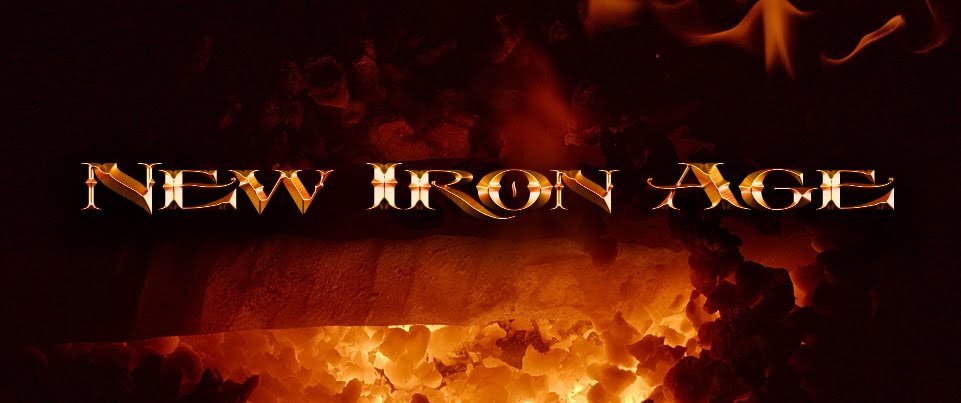Sometimes it is important to remember the horror element that went into creating Sword & Sorcery. Howard was not really a horror writer, but he enjoyed horror fiction and was pen pals with both Lovecraft and Clark Ashton Smith, so horror was definitely on his mind, plus, S&S was a product of the kind of strange, cross-genre stew in the early pulps that came to be called “weird fiction”, which was a mix of horror, fantasy, sci-fi, lost race stories, past-life regression, ghost tales, and historical fantasizing. Horror is a definite component in Sword & Sorcery fiction and that should not be forgotten.
So here we have Swedish movie Draug, which was an independent production originally released in 2018 without much notice. For those who don’t know, draug or draugr is a term for a kind of undead presence in Nordic myth – something between a ghost and a zombie. The definition is flexible, which makes it a good term for a lot of things, plus it’s a cool word that looks and sounds menacing in English.
Set in the 11th Century in Sweden, the movie starts right off with a guy named Hakon and his adoptive daughter Nanna. He has been called upon to investigate the disappearance of a missionary and the men who traveled with him, who all left for the northlands and have not been heard from since. He recruits some men and they head off into the mountainous forests. The film benefits greatly from being filmed in the exact location where it is set, and the brooding forests are both beautiful and menacing.
Along the way Hakon and Nanna pick up another guy, Kettil, who is apparently an old friend of Hakon, but who is also a raging asshole. He provides a lot of tension, as while he and Hakon seemingly share a past, and his men and help are needed, no one really trusts him. The movie spends a good amount of time with them moving deeper into the wilderness, letting the suspense build up, as the moody music and the isolation are inherently unnerving.
Along the way they encounter some rebels, have a satisfyingly chaotic and bloody battle, and then they are even more isolated, hunted by enemies, and burdened with wounded. One by one the men die off, and Nanna emerges as the real protagonist, with a connection to the events as they unfold. It is here that the supernatural horror, only hinted at before, begins to ratchet up. The buildup is very subtle, and the movie gets a lot of mileage out of the slow pans across the forest while you watch intently, waiting for something to move, and then it does and you get a jolt. It’s a simple device, but it works.
The costumes are solid, even if there are some anachronistic bits here and there. The weapons and equipment look good, and the combat is depicted very realistically, without any action-movie flourishes. The prosthetics are good, and the effects overall are effective. The story elements are subtle, and not everything is plainly spelled-out, so you have to pay attention. Plus, horror derives a lot of power from uncertainty, and the filmmakers here remembered that.
So this is definitely a lower-budget movie, but it uses what it has, and it succeeds in creating a dark, haunted mood that will stick with you. Hardcore horror fans will doubtless find it too light on scares and gore, but I think it is a solid, well-acted, and surprisingly well-written little movie that actually ties up its themes and character arcs in a satisfying way. This is on Prime right now, and it is only in Swedish with well-done subtitles. If you enjoyed The Ritual or shows like Zone Blanche, then this is a good bet.





